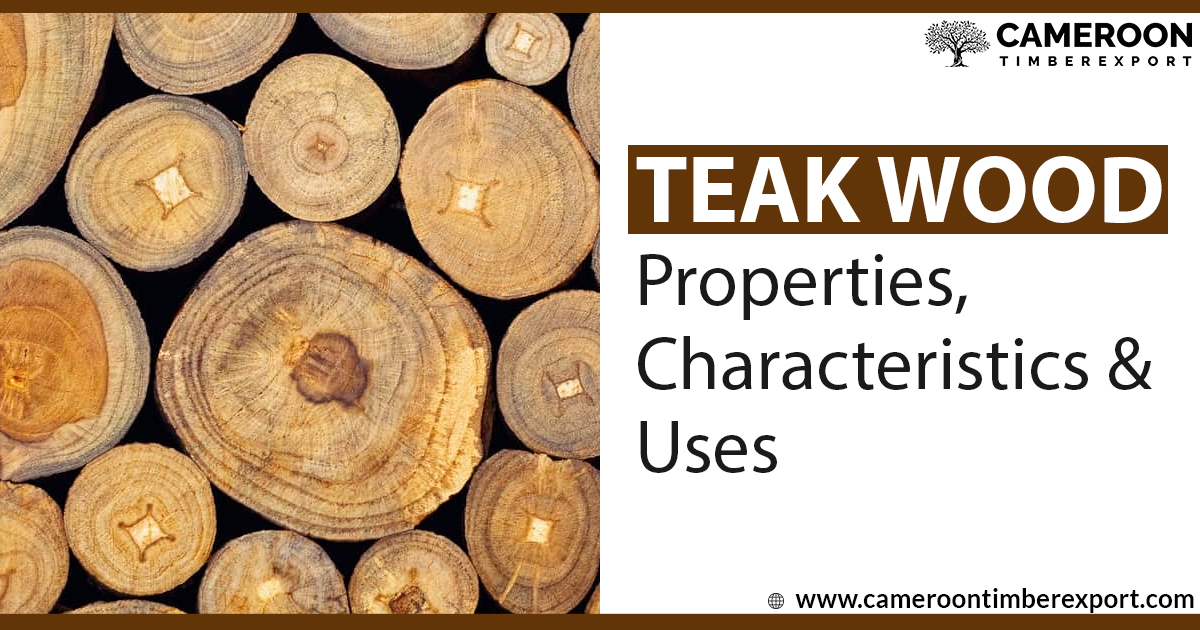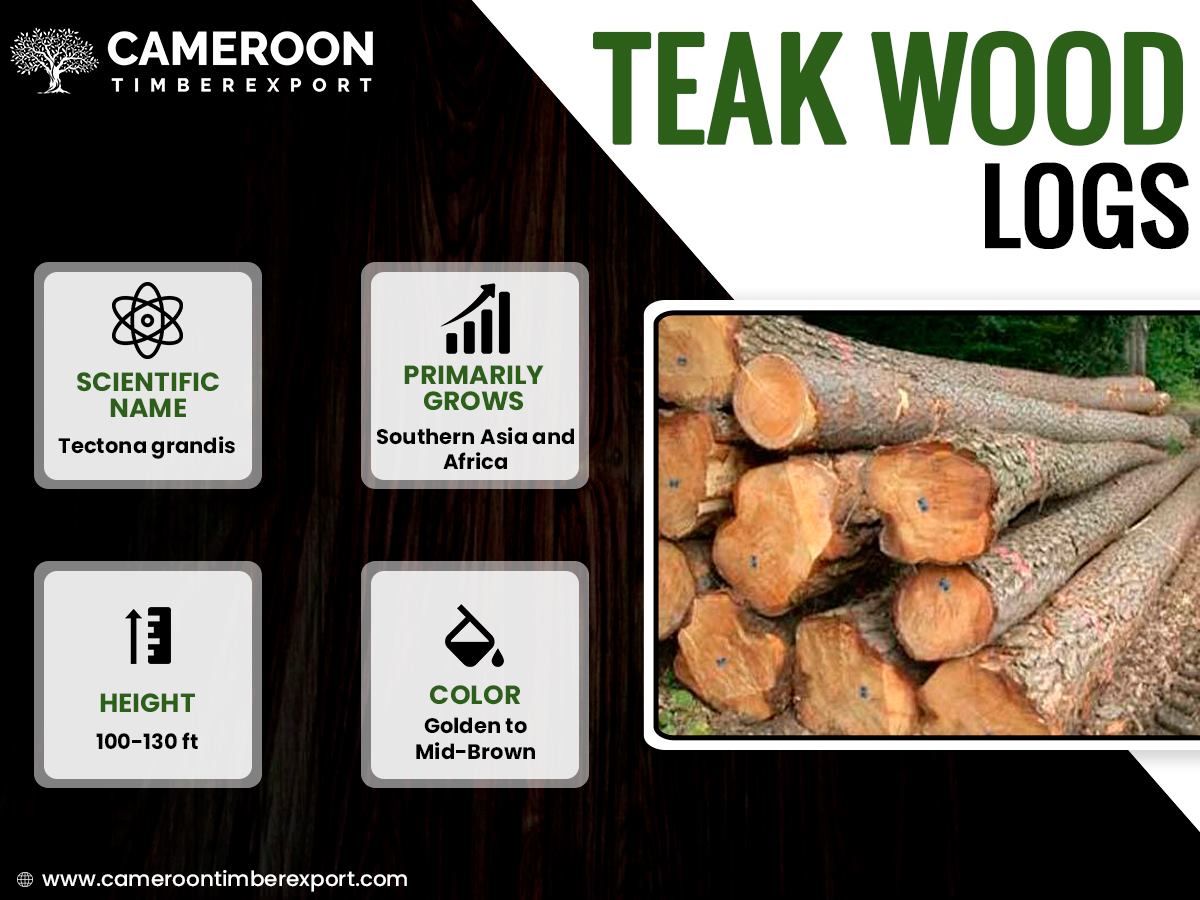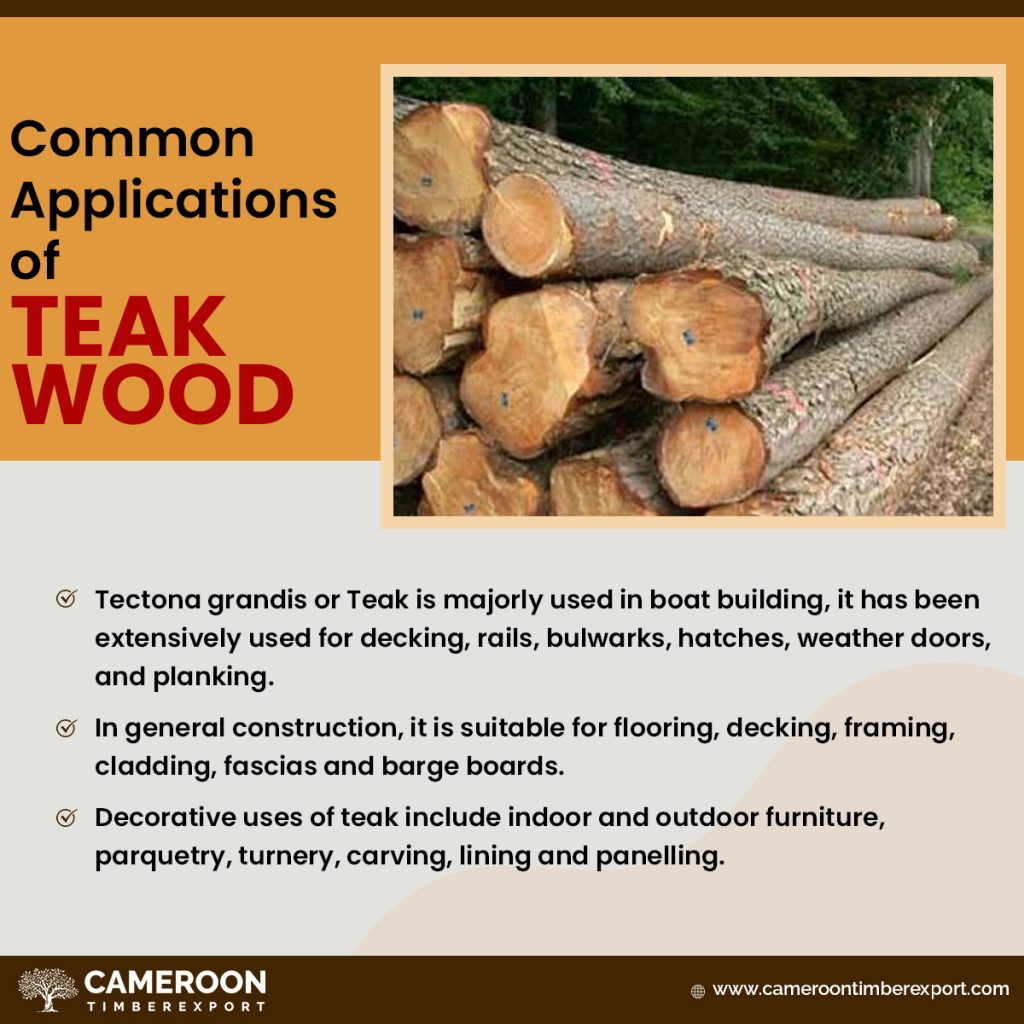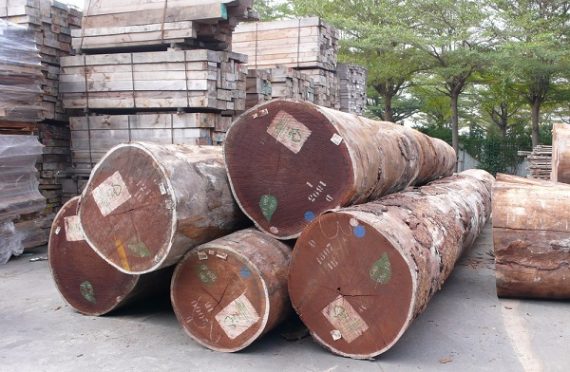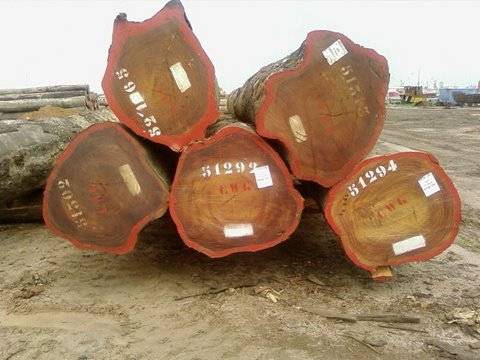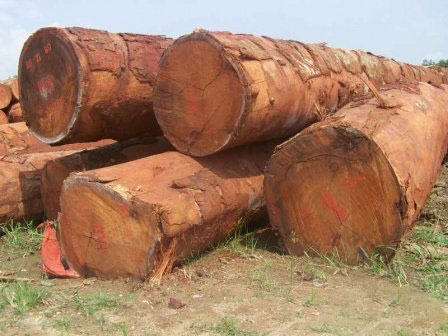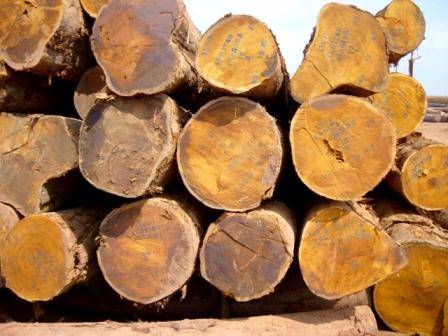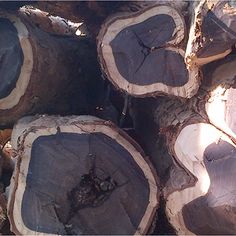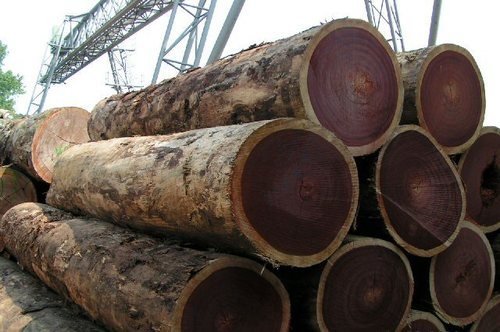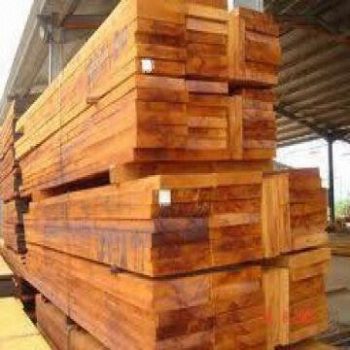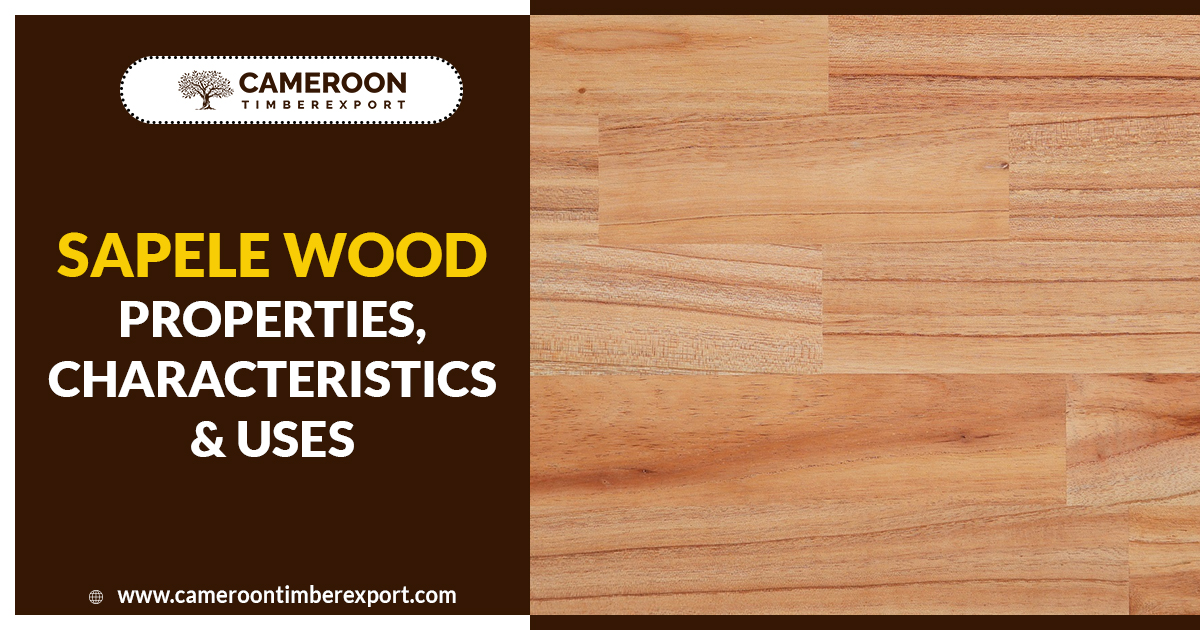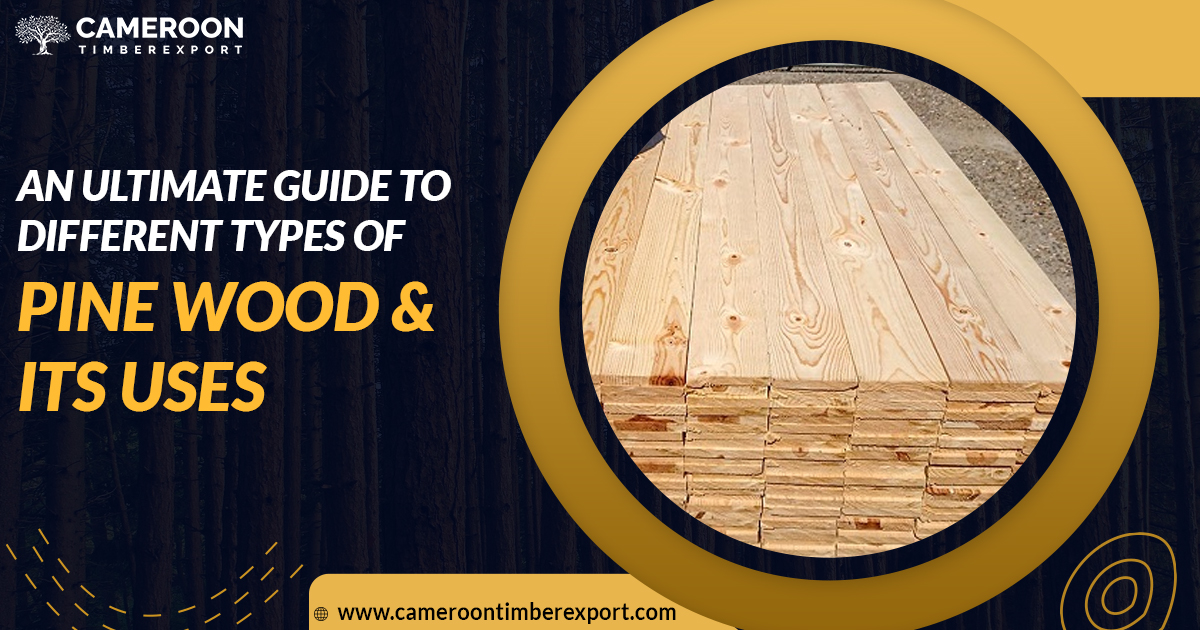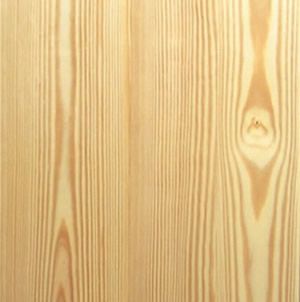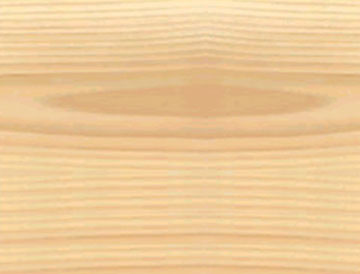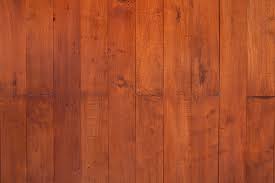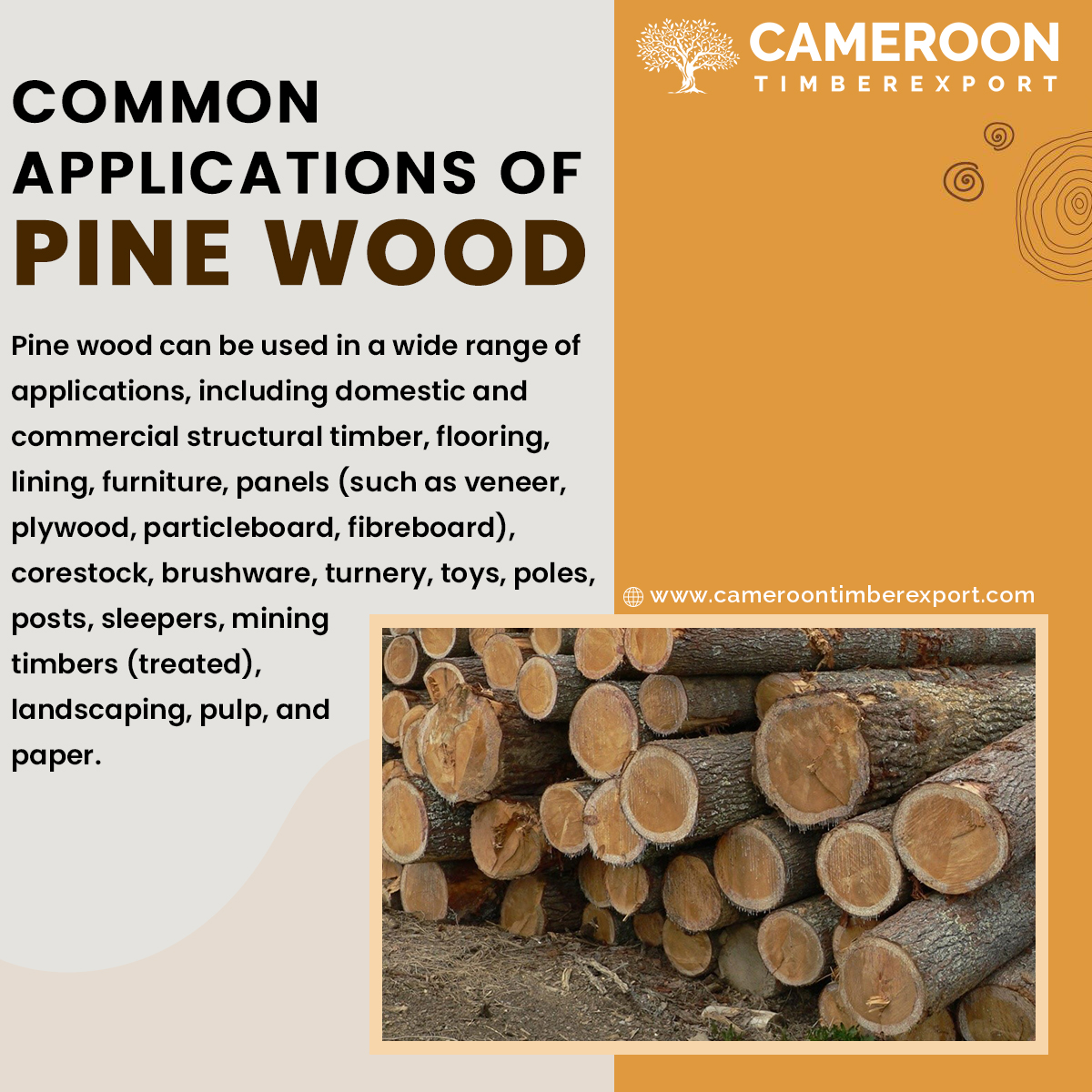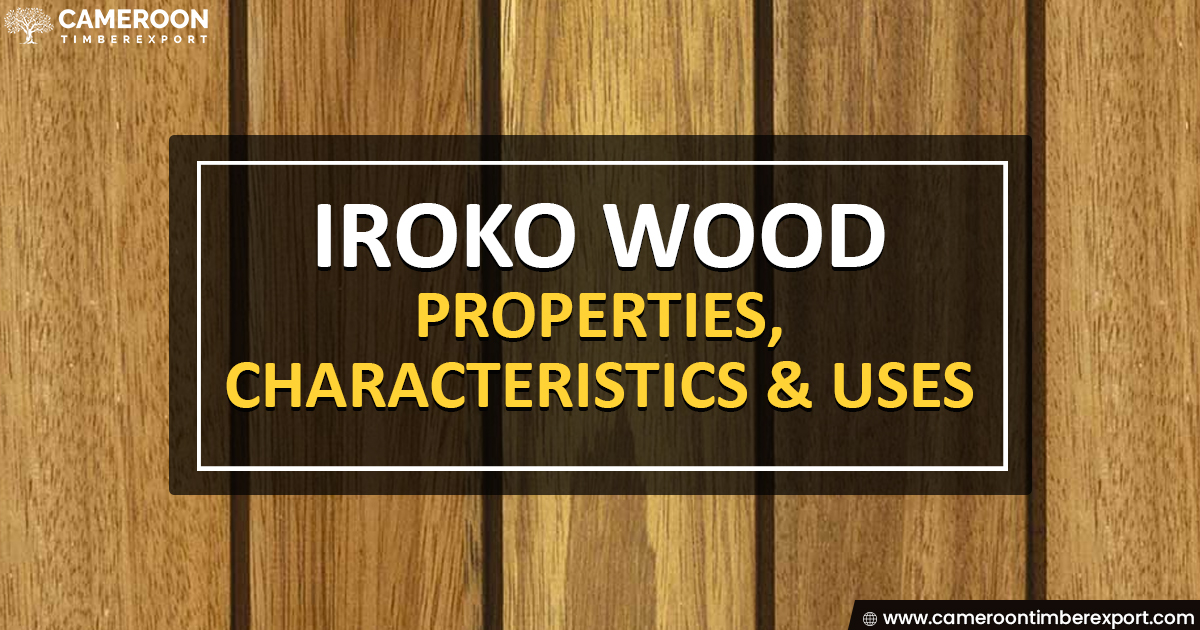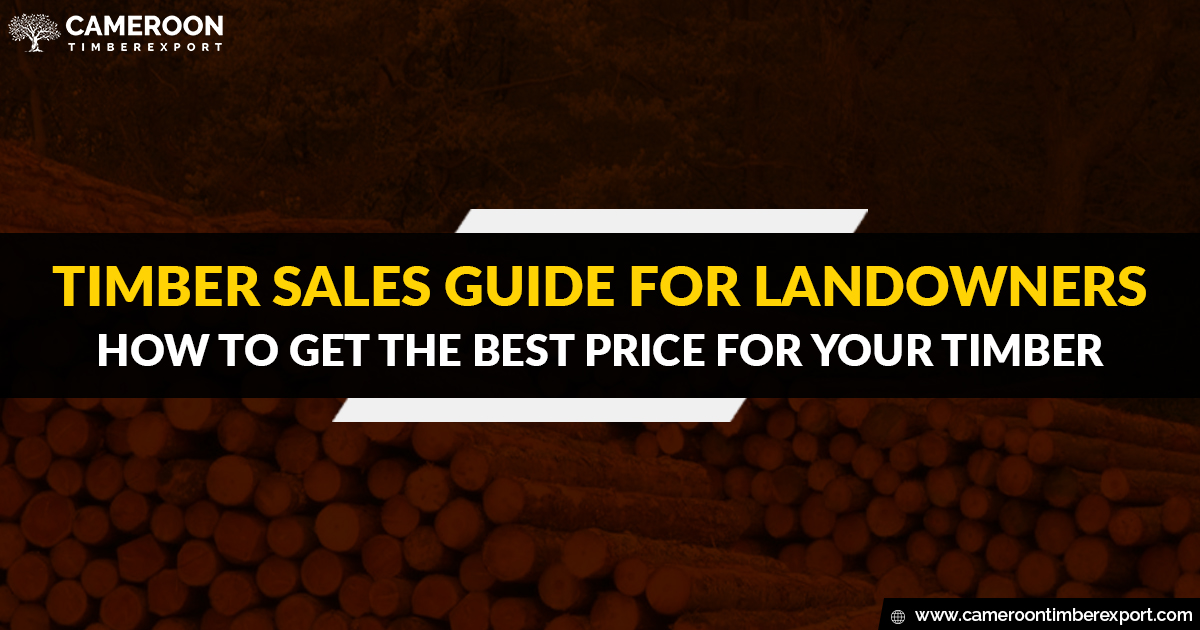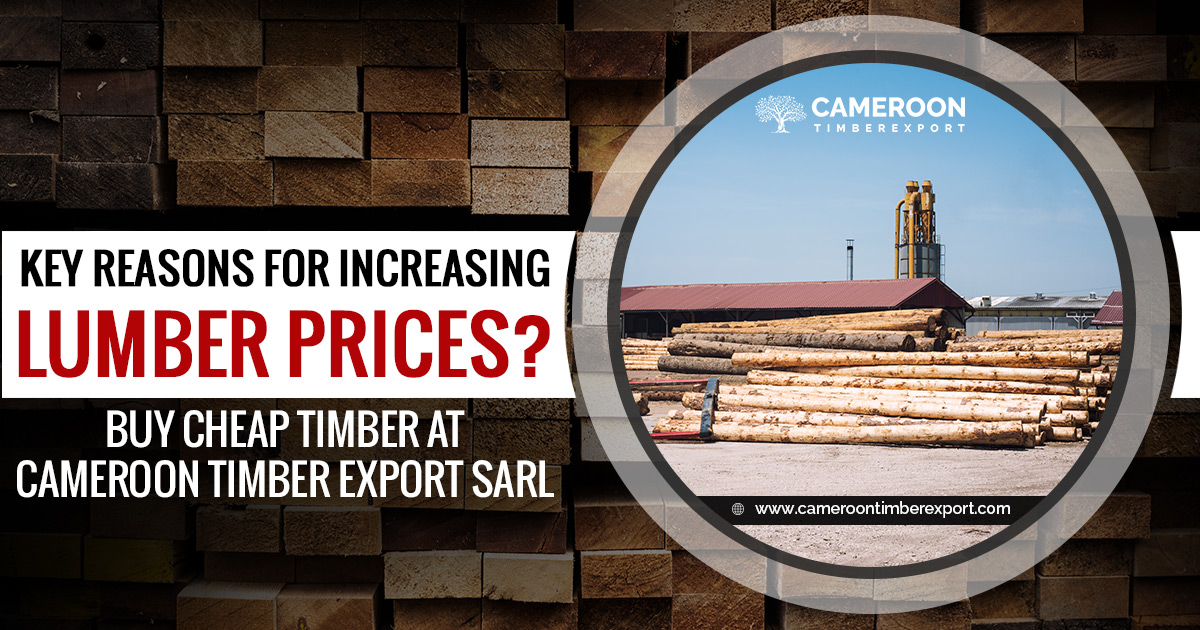Teak is one of the most popular premium hardwood species in the world. It’s a tropical hardwood that belongs to the family Lamiaceae. Also known by its scientific name, Tectona grandis, teak trees commonly grow in tropical regions of Africa, Asia, and Latin America. Due to its rare availability and extensive growth time (takes about 20 years to fully grow), teak is generally very expensive.
Whether you are looking to buy Teak wood logs, timber or simply curious about the wood, you can read here about the various teak wood properties and its uses.
Teak Wood Properties & Characteristics
Teak is a tropical hardwood. The trees can grow up to a height of 40 m and have an average trunk diameter of 1-1.15 m.
Colour and texture
Tropical teak wood has a golden or medium brown heartwood with slight grey or red tints. The sapwood is a pale yellow, almost white, and is easy to distinguish. The wood colour gets darker with age.
The wood usually has straight grains, but can also be interlocked on occasions. It has an uneven texture, sometimes coarse and in other places smooth. The natural oils of teak give the raw wood an oily or greasy feel as well as a distinguished odour.
Density, strength & resistance
Teak has a firm structure. The wood is well-known for its above-average durability, which makes teak wood objects easily last 40 years or more. It is fairly resistant to termites, decay and rot. However, marine borers can cause damage to untreated teak sapwood.
Workability
Teak is a hardwood which is relatively easier to work with because of its firm structure. However, its high silica content can sometimes make the cutting edges blunt, which is why using tungsten-carbide blades is recommended. Nailing and screwing is easy. The natural presence of oils in teak can sometimes make gluing difficult, and it’s recommended to glue timber surfaces when freshly dressed. Teak fares well against painting, staining, polishing and waxing, however, steam bending teak is not possible.
Properties of Teak Wood in Nutshell
- Average Dried Weight: 41 lbs/ft3 (655 kg/m3)
- Janka Hardness: 1,070 lbf (4,740 N)
- Modulus of Rupture: 14,080 lbf/in2 (97.1 MPa)
- Specific Gravity (Basic, 12% MC): .55, .66
- Crushing Strength: 7,940 lbf/in2 (54.8 MPa)
- Elastic Modulus: 1,781,000 lbf/in2 (12.28 GPa)
- Shrinkage: Radial: 2.6%, Tangential: 5.3%, Volumetric: 7.2%, T/R Ratio: 2.0
Teak Wood Uses
Due to the above-listed teak wood properties, it is widely used in marine applications such as boatbuilding, including decking, railings, planking, and making doors. It is also commonly used for construction purposes, including flooring, decking, cladding, framing, and barge boards. Other than these, teak is also used for making attractive-looking and highly durable indoor and outdoor furniture, paneling, carvings, turnings, and similar objects.
Timber frames are mostly favoured for making structures of commercial and industrial buildings with the aim to extend their life.
Teak Wood Price and Availability
Teak naturally occurs in the monsoon forests of some countries, including India, Myanmar, Vietnam and Thailand. However, extensive deforestation and cutting of trees have led to a scarcity of this premium timber. Different types of teak wood plantations are commonly found in Africa, Indonesia, Fiji, Papua New Guinea, Solomon Islands and the West Indies. Even in these places, the availability is scarce, which is why the price of teak timber is going up each day.
For the best price of teak timber and logs and readily available, you can contact us at CameroonTimberExportSarl. We sell freshly sawn teak timber and raw logs at wholesale rates and deliver to our customers all over the world. Contact us today to find out more about our teak species, quality, availability and prices.

